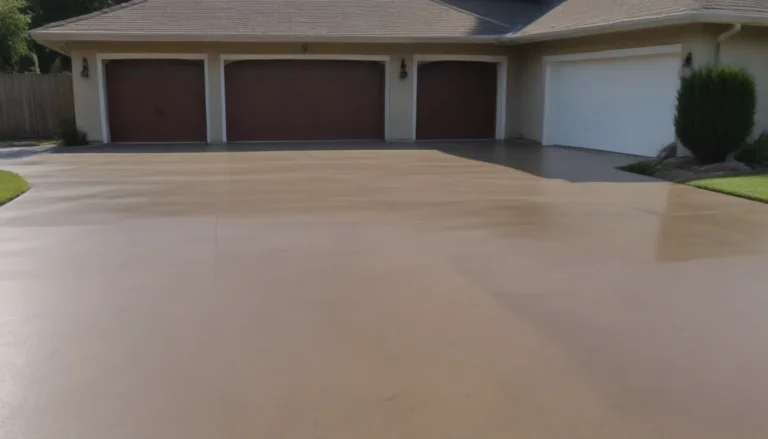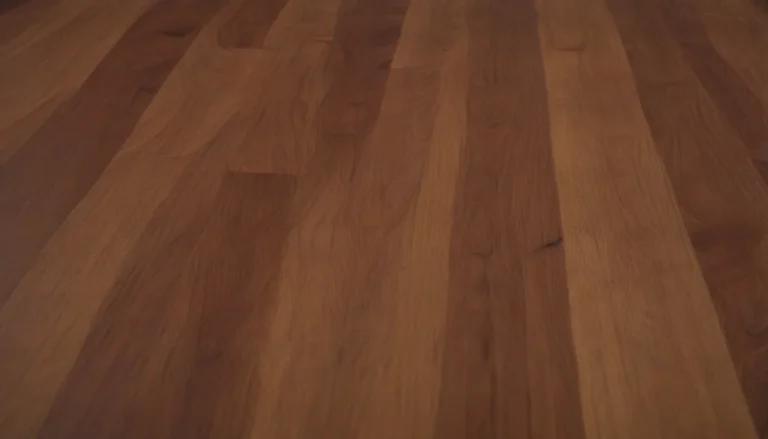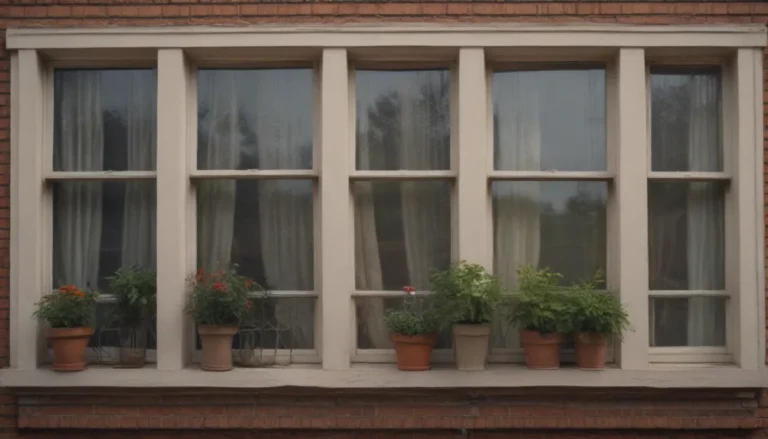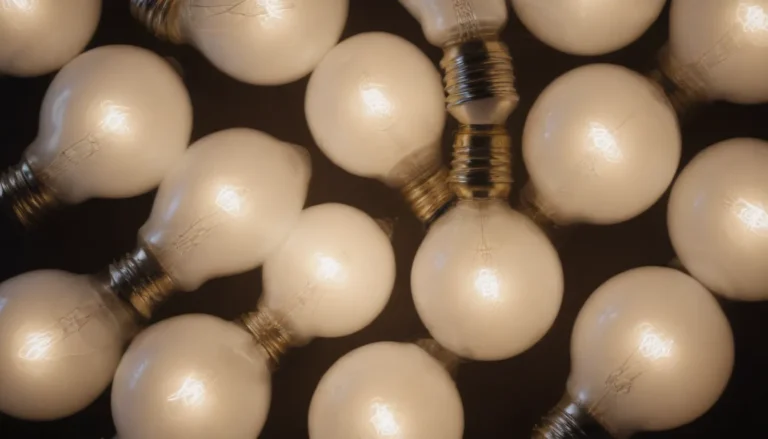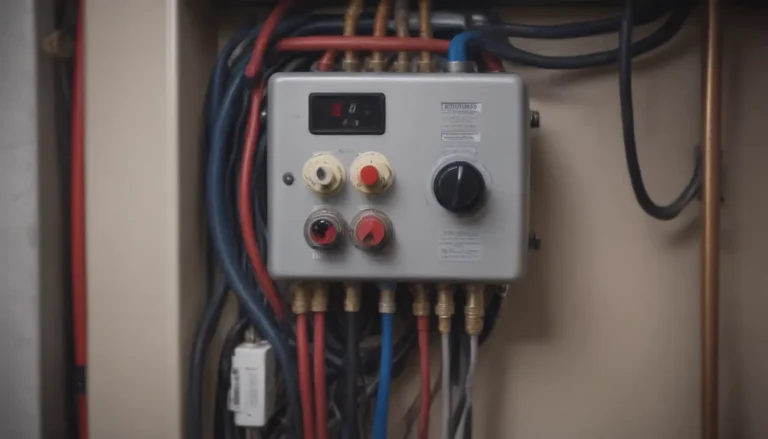Making the Right Flooring Choice: Solid Hardwood vs. Laminate Flooring
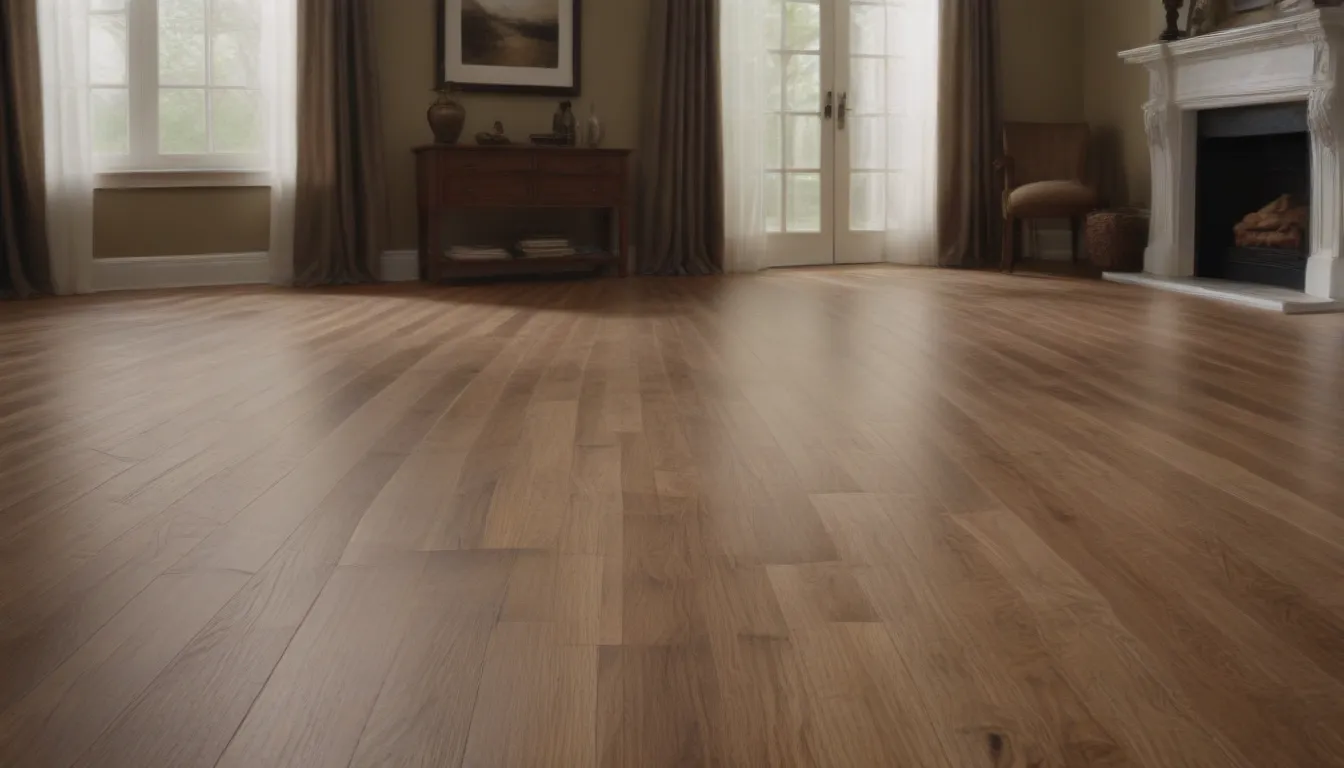
When it comes to choosing the right flooring for your home, the debate between solid hardwood and laminate flooring is a common one. Solid hardwood has a reputation for being the premium choice, while laminate flooring is often seen as a more affordable alternative. But which option is truly better for your space? In this comprehensive guide, we will delve into the major similarities and differences between solid hardwood and laminate flooring to help you make an informed decision.
Solid Hardwood vs. Laminate Flooring: Exploring the Options
Solid hardwood flooring is a timeless classic, made of 3/4-inch-thick boards cut from real hardwood trees. On the other hand, laminate flooring is a more cost-effective alternative, constructed with a core layer of fiberboard topped with a printed design layer that mimics the look of wood. While both types of flooring offer the aesthetic appeal of wood, they each come with their own set of advantages and drawbacks.
Major Similarities:
- Both materials resemble wood from a distance
- Both are hard and durable
When it comes to appearance, both solid hardwood and laminate flooring offer a wood-like look. However, solid hardwood excels in up-close inspection, while laminate may reveal its artificial nature upon closer examination. In terms of durability, both materials hold up well to everyday wear and tear.
Major Differences:
- Solid hardwood is made of solid hardwood material throughout, while laminate consists of a composite core with a printed design layer
- Solid hardwood must be installed by nailing to the subfloor, while laminate features click-lock edges for easy installation
The primary difference between solid hardwood and laminate lies in their construction and installation methods. Solid hardwood offers a luxurious, authentic feel, while laminate provides a more budget-friendly option with a simpler installation process.
Key Factors to Consider
Appearance
Solid Hardwood: Known for its premium look and feel, solid hardwood flooring exudes elegance and sophistication. Even less expensive hardwood species like oak can outshine laminate in terms of visual appeal.
Laminate: While quality laminate flooring can closely resemble real wood from a distance, it may lack the authenticity of solid hardwood upon closer inspection. Newer laminates now incorporate textured surfaces for a more realistic appearance.
Best for Appearance: Solid Hardwood
Water and Heat Resistance
Solid Hardwood: Susceptible to water damage, solid hardwood is not recommended for wet areas. Exposure to moisture can cause warping and swelling of the wood. It is compatible with radiant heating systems, but caution is advised to prevent damage.
Laminate: With superior water and stain resistance, laminate flooring is a better option for moisture-prone areas. While it can handle radiant heating, care should be taken to avoid water seepage between planks.
Best for Water and Heat Resistance: Laminate
Care and Cleaning
Solid Hardwood: Cleaning solid hardwood floors is a breeze, requiring simple sweeping and occasional damp-mopping with a wood cleaner. Most modern hardwood floors come pre-finished, eliminating the need for waxing or polishing.
Laminate: Easy to clean, laminate floors can be maintained with regular sweeping and damp mopping using a laminate floor cleaner. Avoid excessive water and steam cleaning to prevent damage.
Best for Care and Cleaning: Tie
Durability and Maintenance
Solid Hardwood: With proper care, solid hardwood floors can last a lifetime. However, they may require periodic refinishing and sealing to maintain their luster. Hardwood floors can be sanded and refinished multiple times before replacement is necessary.
Laminate: While laminate flooring offers good impact resistance, it has a shorter lifespan compared to hardwood. Damaged laminate boards can be replaced individually, but the floor cannot be refinished or sanded.
Best for Durability and Maintenance: Solid Hardwood
Installation
Solid Hardwood: Installation of solid hardwood flooring is best left to professionals, as it requires specialized tools like floor nailers and staplers. Unfinished hardwood must be sanded and finished post-installation, while prefinished hardwood eliminates this step.
Laminate: Designed for easy installation, laminate flooring can be a DIY-friendly project. The click-lock system allows planks to snap together without the need for glue or fasteners.
Best for Installation: Laminate
Cost
Solid Hardwood: Traditional solid hardwood flooring can range from $4 to $8 per square foot for common species like oak, maple, or ash. More exotic hardwoods can cost up to $32 per square foot, including installation.
Laminate: More budget-friendly, laminate flooring typically costs between $1 to $3 per square foot. Higher-end laminates with thicker wear layers may cost up to $10 to $12 per square foot.
Best for Cost: Laminate
Lifespan
Solid Hardwood: With proper maintenance, solid hardwood floors can last 50 to 100 years or more. Periodic refinishing can help prolong the lifespan of hardwood floors.
Laminate: On average, laminate flooring has a lifespan of 15 to 25 years. While durable, laminate may show signs of wear and tear over time.
Best for Lifespan: Solid Hardwood
Resale Value
Solid Hardwood: Highly sought after for its timeless appeal, solid hardwood flooring can enhance the resale value of a home. Well-maintained hardwood floors are considered a premium feature by real estate professionals.
Laminate: While laminate flooring is a cost-effective choice, it may not add as much resale value to a home as solid hardwood. It is more suited for low or mid-range priced houses.
Best for Resale Value: Solid Hardwood
Comfort and Sound
Solid Hardwood: Known for its hard surface, solid hardwood may lack the cushioning effect of laminate flooring. However, it can be combined with radiant heating systems for added warmth.
Laminate: With a softer underlayment, laminate flooring offers some comfort underfoot. It can be installed over radiant heating systems to create a cozy environment.
Best for Comfort and Sound: Laminate
The Final Verdict
When it comes to choosing between solid hardwood and laminate flooring, there is no one-size-fits-all answer. Consider your budget, lifestyle, and aesthetic preferences to make the best decision for your space. If you prioritize authenticity, longevity, and resale value, solid hardwood flooring is the ideal choice. However, if cost-effectiveness, easy installation, and durability are your main concerns, laminate flooring may be the better option.
In conclusion, both solid hardwood and laminate flooring have their own set of advantages and drawbacks. By weighing the key factors discussed in this guide, you can make an informed decision that suits your needs and style preferences. Whether you opt for the timeless elegance of solid hardwood or the practicality of laminate, remember that the right flooring choice can enhance the beauty and value of your home for years to come.
